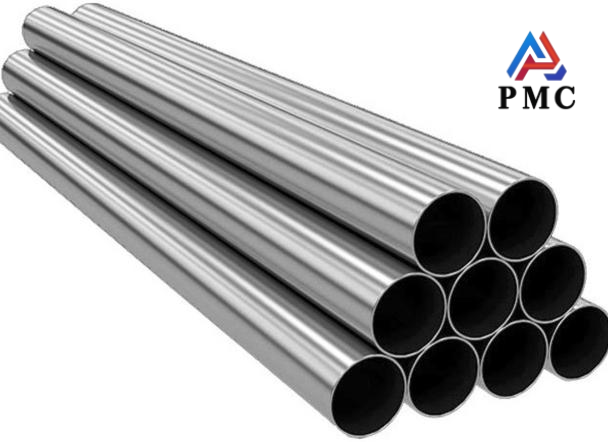
How to Extend the Service Life of ERW Pipes?
The introduction of ERW pipes
ERW pipe, or Electric Resistance Welding, is a welded steel pipe that is made by locally heating the contact points of the steel pipe with high-frequency current and causing it to melt rapidly. Its weld is formed by melting the parent material of the steel strip body, which makes its mechanical strength better than that of general welded pipes. Due to the characteristics of high production efficiency, low cost, material saving and easy automation, ERW pipes are widely used in many fields.
However, in actual use, the service life of ERW pipes will be affected by many factors. If used improperly or poorly maintained, its performance may decline and damage may occur prematurely, which will not only increase the cost of replacement, but may also affect the normal operation of the entire system. Therefore, it is necessary to master the method of extending the service life of ERW pipes.
Factors affecting ERW pipes life
1. Internal factors
Material is the basis of ERW pipe quality and directly affects its service life. ERW pipes made of high-strength materials can withstand greater pressure and external forces. In the long-distance transportation of oil and natural gas, high-strength ERW pipes are used to effectively resist internal pressure and formation stress. Materials with strong corrosion resistance can remain stable in harsh environments. For example, when corrosive media are transported in chemical pipelines, stainless steel ERW pipes can prevent corrosion.
The manufacturing process is also critical. The welding quality determines the strength and sealing of the weld. High-quality welding can make the weld close to the strength of the parent material and reduce the risk of leakage. The effect of internal burr removal also affects the fluid resistance and corrosion inside the pipeline. Thoroughly removing internal burrs can reduce fluid turbulence and reduce erosion and corrosion on the pipe wall.
2. External factors
The use environment has a significant impact on the life of ERW pipes. In high temperature environments, the strength of the pipe will decrease. For example, in high-temperature steam transmission pipelines, excessively high temperatures may cause ERW pipes to creep and shorten their service life. An environment with high humidity can easily cause corrosion, especially when laying ERW water supply and drainage pipes in humid underground areas, anti-corrosion measures must be taken.
The corrosiveness of the medium cannot be ignored. Transporting highly corrosive media, such as sulfuric acid, hydrochloric acid, etc., will accelerate pipeline corrosion.
Installation and maintenance are equally important. Improper installation, such as loose pipe connections and uneven force, will cause local stress concentration and lead to pipe damage. Lack of regular maintenance and failure to promptly detect and address pipeline corrosion, wear and other problems will cause small problems to gradually expand and ultimately affect the service life of the ERW pipe.

Ways to extend the service life of ERW pipes
1. Choosing the right ERW pipe
It is very important to accurately select ERW pipes with suitable materials and specifications according to different usage scenarios. In the field of oil and gas transportation, high-strength and corrosion-resistant alloy steel ERW pipes should be used. In building structures, ERW pipes used as supports must be selected with appropriate diameters and wall thicknesses based on the load-bearing requirements of the building design to ensure that they have sufficient strength and stability.
2. Standardized installation process
Before installation, make adequate preparations and carefully check the appearance of the ERW pipe to see if there are any defects such as cracks, dents, scratches, etc. If there are any problems, return or replace them in time. Also, prepare the necessary pipe fittings, sealing materials and tools for installation according to the design requirements.
3. Strengthen daily maintenance
Regular inspection is an important measure to extend the service life of ERW pipes. The inspection frequency can be determined according to the use environment and working conditions. Generally, a comprehensive inspection is carried out every 1-3 months. Clean the surface of ERW pipes regularly to remove dirt, dust and debris to prevent them from absorbing moisture and corrosive substances and accelerating pipeline corrosion. For pipelines that transport liquid media, perform internal cleaning regularly to prevent impurities from depositing, affecting the flow capacity of the pipeline and corroding the inner wall of the pipeline.
Conclusion
To extend the service life of ERW pipes, strict control is required in all aspects of selection, installation and maintenance. Correctly selecting ERW pipes of appropriate materials and specifications is the basis, standardized installation procedures are the guarantee, and continuous and effective daily maintenance is the key. Only by doing this can the performance advantages of ERW pipes be fully utilized, the cost of use be reduced, and its stable and long-term operation in various application scenarios be ensured.
Read more: What is the Role of ERW Pipes in Different Industries?


